You do not have to travel very far in Ireland to stumble across ancient sites from various time periods in history.
Ireland is dotted with these old structures that date from the Mesolithic Period through the Neolithic Age, Bronze Age, Iron Age, and Medieval times. What's common to many of the most famous of these sites is their recurring as capitals for Ireland's royal societies.
Old Ireland was comprised of different kingdoms ruled by various kings. In early Irish literature, we can explore the Historical Cycle, or the Cycle of the Kings, which overlaps with the Ulster and Fenian cycles, covering the period from 431 B.C. to the 11th century. The period ended with King Brian Ború, Ireland’s greatest high king.
Each of the many kings required a center from which to rule. Royal families held various different levels of importance, possibly based on their popularity, wealth, influence, military capacity etc. The major kings based themselves around sites where they could hold assemblies, and oversee athletic games and new inaugurations.
The royal capitals provide us with excellent accounts of what life was like for an ancient people and culture, their beliefs and practices. The sites also pose many unanswered questions, which allow us to continue to study them in hope to learn more about our ancestors.
The ancient capitals were once great power bases in Ireland. A capital served as a demonstration of a king's strength, a place for games, worship and most importantly, as a sacred place for ritual marriage of the newly inaugurated king to the goddess of the lands, its protector.
Upon exploration, the ancient royal sites have revealed many great archaeological features like earthen works, standing stones, ring barrows, inauguration chairs, sacred trees, churches and other places of worship, stone basins, etc.
Witnessing the grandeur in scale is impressive – it transports the mind’s eye back to the time when they were in use, which must have been a spectacular scene.
There were five main provinces (kingdoms) and each was seen to have contained a “Royal Site” for the ruling king.

Are you planning a vacation in Ireland? Looking for advice or want to share some great memories? Join our Irish travel Facebook group.
Here’s where you can find them:
Munster
Cashel (Caisel) was the seat of the ancient Kings of Munster for centuries prior to the Norman invasion of Ireland. It has seen much building, destruction and re-building throughout its nearly 900 years. In present-day Tipperary.
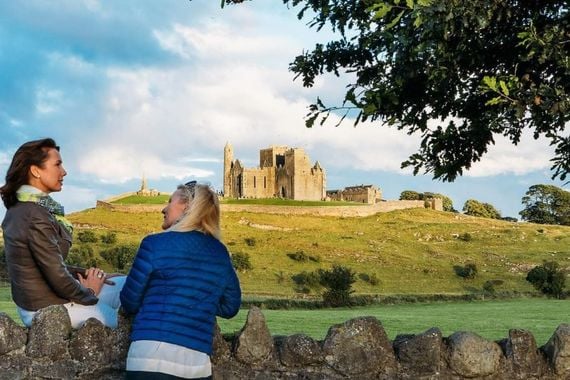
Rock of Cashel, County Tipperary.
Ulster
Navan Fort (Emain Macha), associated with Queen Macha and the Ulaid, was one of the great royal sites of pre-Christian Ireland, in present-day Armagh.
Leinster
Dún Ailinne, another of the major royal sites in ancient Ireland, where the Kings of Leinster were inaugurated. Dún Ailinne is in present-day Kildare.
Connaught
Rathcroghan (Cruachain), in present-day Co. Roscommon, is associated with Queen Meave. It was the capital of the Connachta and believed to have possessed an entry into the otherworld.
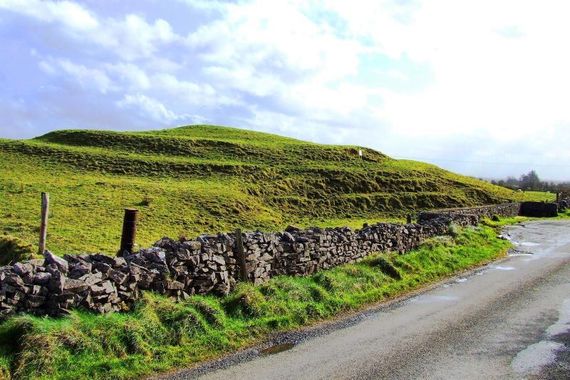
Rathcroghan (Cruachain), in present-day Co. Roscommon.
Meath
Hill of Tara (Teamhair), The Hill of Tara, located near the River Boyne in present-day County Meath, is regarded by many as the most important archaeological site in Ireland. It contains a number of ancient monuments, and, according to tradition, was the seat of Árd Rí na hÉireann, or the High Kings of Ireland.
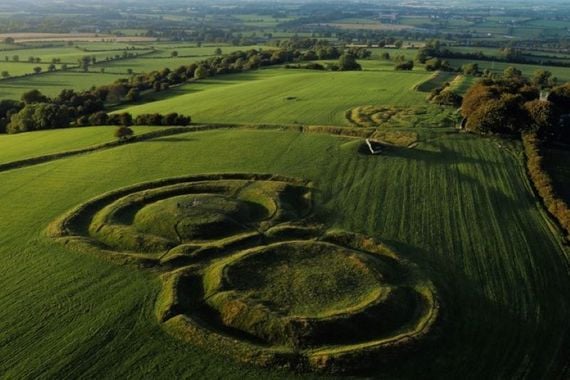
The Hill of Tara, located near the River Boyne in present-day County Meath.
Others
Tailtiu (Teltown) is an example of another royal site, where ancient games were held in honor of Tailtiu, daughter of the King of Spain who married Eochaid Mac Eire, the last Firbolg king of Ireland. Tailtiu became the foster mother to the Sun/Storm God Lugh. Located in current-day Co. Meath.
Tlachgta (Hill of the Ward) is another location in current-day Co, Meath which honored the powerful druidess Tlachgta, who died giving birth to triplets on the hill. It is believed to be the birthplace of Samhain, better known today as Halloween. Fires were lit to honor Tlachgta and the tradition has since been renewed in Ireland each Samhain.
*Ben Kesp is a writer and author of; Landed Estate e-book fiction series exploring the lives of the Anglo Irish; Irish History & Myth e-book series and a collection of short stories. To read more of his writing, visit his website here.
* Originally published in 2014, updated in 2022.
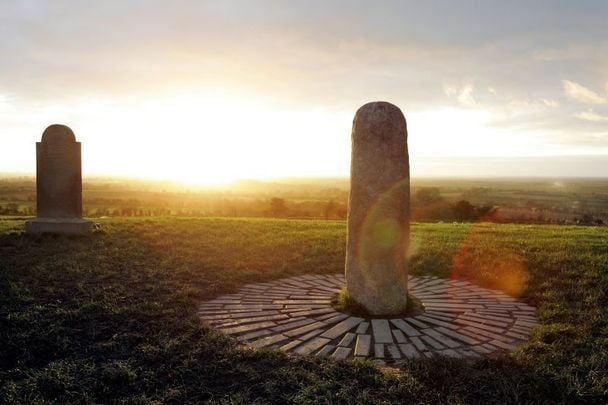
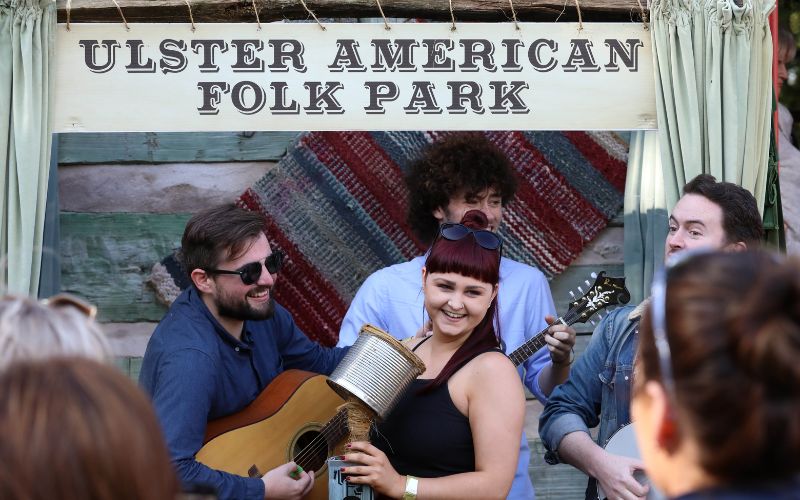
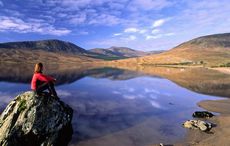
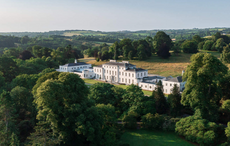
Comments